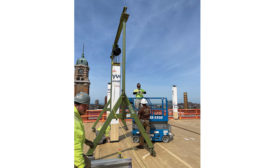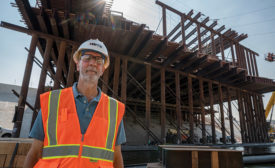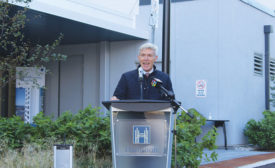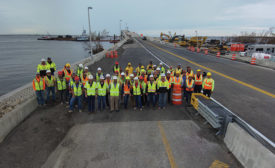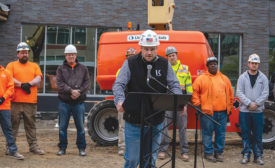2023
ENR 2022 Top 25 Newsmakers
ENR 2022 Top 25 Newsmakers
Jerry Lea: Sustainability Pioneer's Efforts Led to First-of-a-Kind Embodied Carbon Guide
Read MoreENR 2022 Top 25 Newsmakers
Burcin Kaplanoglu: Former Lendlease Executive Spearheads Oracle's Construction Tech Demonstration Lab
Read MoreENR 2022 Top 25 Newsmakers
Michael H. Jones: Bringing Novel Seismic Concept to Fruition Through Collaboration
Read MoreENR 2022 Top 25 Newsmakers
Ryan Hamrick: Contractor Restores Access to Fla.'s Sanibel Island After Hurricane Ian
Read MoreENR 2022 Top 25 Newsmakers
Andrew Hallett: Contractor's Team Cast and Floated Massive Concrete Entrance to Navy Shipyard
Read MoreThe latest news and information
#1 Source for Construction News, Data, Rankings, Analysis, and Commentary
JOIN ENR UNLIMITEDCopyright ©2024. All Rights Reserved BNP Media.
Design, CMS, Hosting & Web Development :: ePublishing
